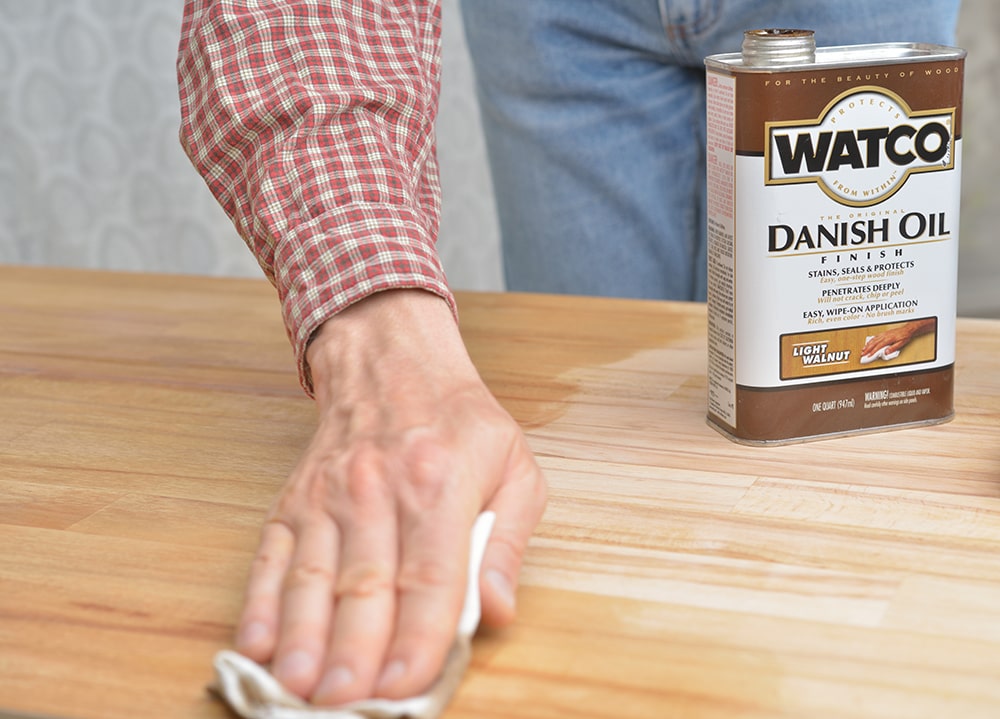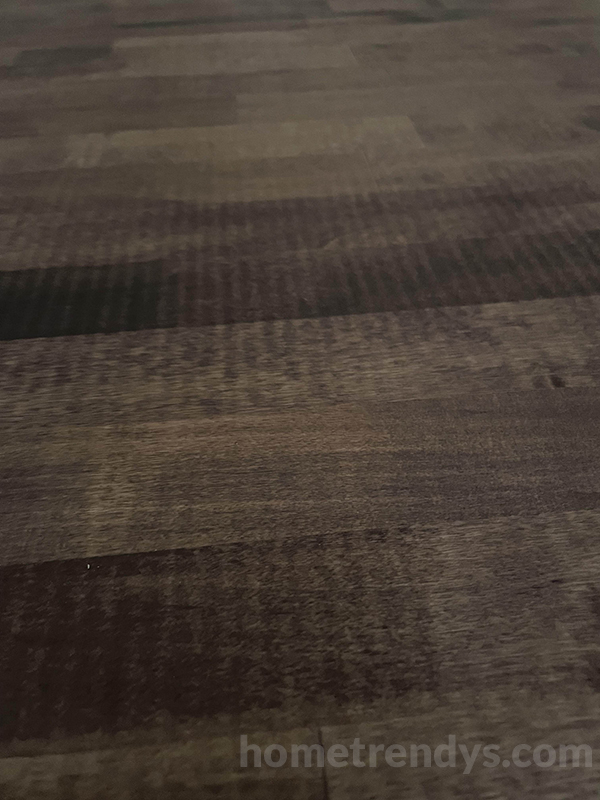How To Get Rid Of Danish Oil Smell

Recently I used danish oil for a desk I was building. The desk came out great but it took a while for the danish oil smell to go away. It got to a point where I couldn’t be near the desk. I did some research into how to get rid of the danish oil smell and here is what I found out.
In order to get rid of the danish oil smell, you will need plenty of ventilation. Ventilation will help the danish oil cure faster and get rid of the smell.
The reason why danish oil has such a strong smell for a while is because it needs to cure. Curing is basically another word for drying. It can take several weeks for a project with danish oil to cure which can cause the smell to last for a while. So the best way to get rid of the smell would be to get the project to dry faster.
Let’s take a look at how we can do that to speed up the drying time.
Using ventilation to get rid of danish oil smell
The best way to get rid of danish oil smell is to provide your wood project with plenty of ventilation. When I was building my desk and applying danish oil, I was in the basement of my home. This wasn’t a good idea because my entire basement would smell like danish oil. I had to open up all the windows and doors to provide ventilation, so I wasn’t just breathing in the chemicals.
The easiest way to use ventilation is by opening up all the windows and doors where your project is located. For example, if it’s a desk or bookcase in a room, have the windows open and doors open to let air cycle in and out.
Another way to get rid of danish oil faster is using a fan. I had a few standing fans in my house, and I brought all of them to the basement and turned them on. I know this was probably wasting electricity, but it was a good way of making sure the danish oil was drying fast.
A third way to provide ventilation and get rid of the danish oil smell is to use some type of air humidifier. A humidifier works to get rid of odors from your room. It’s perfect for something like a desk with danish oil on it. I bought one, and it did help.
Keep in mind that more ventilation probably means your room is going to get colder.
How long for danish oil smell to go away?
In general, it can take up to 14 days for the danish smell to go away. Some factors that can contribute to this time include the size of the project and the amount of ventilation.
The length it takes for the danish oil smell to go away depends on several factors. First, how much ventilation is there. I mentioned above some ways to add more ventilation to your project area. But even with good ventilation, the time it takes for the smell can vary.
First, you need to consider how big the project is. If it’s a small bowl or frame, it will take a lot less for the smell to disappear than something like a desk or bookcase. Since you are applying more danish oil to a larger surface, there is more surface area that needs to cure or dry for the smell to go away.
Another factor to consider is how many layers of danish oil you applied. In some cases, you may have only applied a layer of danish oil. But in general, a project will require at least 2-3 coats of danish oil which means it can take a long time for the smell to go away.
Is danish oil smell toxic?
The danish oil smell can be toxic, which is why it’s best to wear a mask when you are applying it. It’s also best to apply the danish oil in an area that is well ventilated like mentioned before.
How strong the smell is can also be an indicator of how much danish oil there is to still dry. A stronger smell mean there’s a lot of the oil that hasn’t dried yet.
Many oil based finishes can be toxic and release VOCs or “volatile organic compounds”. Water based finishes don’t have volatile organic compounds which is why some might prefer them over oil based finishes.
Where does danish oil smell come from?
Danish oil is made up of a combination of linseed oil or tung oil, mineral spirits and a varnish. The most likely source of the smell is the linseed oil and the varnish. Linseed oil or tung oil can have a strong smell, and so can the varnish. In fact, most oil-based finishes will have a strong odor.
If you want a finish that doesn’t smell, there are plenty of water-based finishes that can work. You can also try diluting the oil-based finish with some solvent. For example, a common way to dilute tung oil is by using a citrus solvent. The citrus solvent will provide a citrus-like smell that is more pleasant than the odors from oil.





